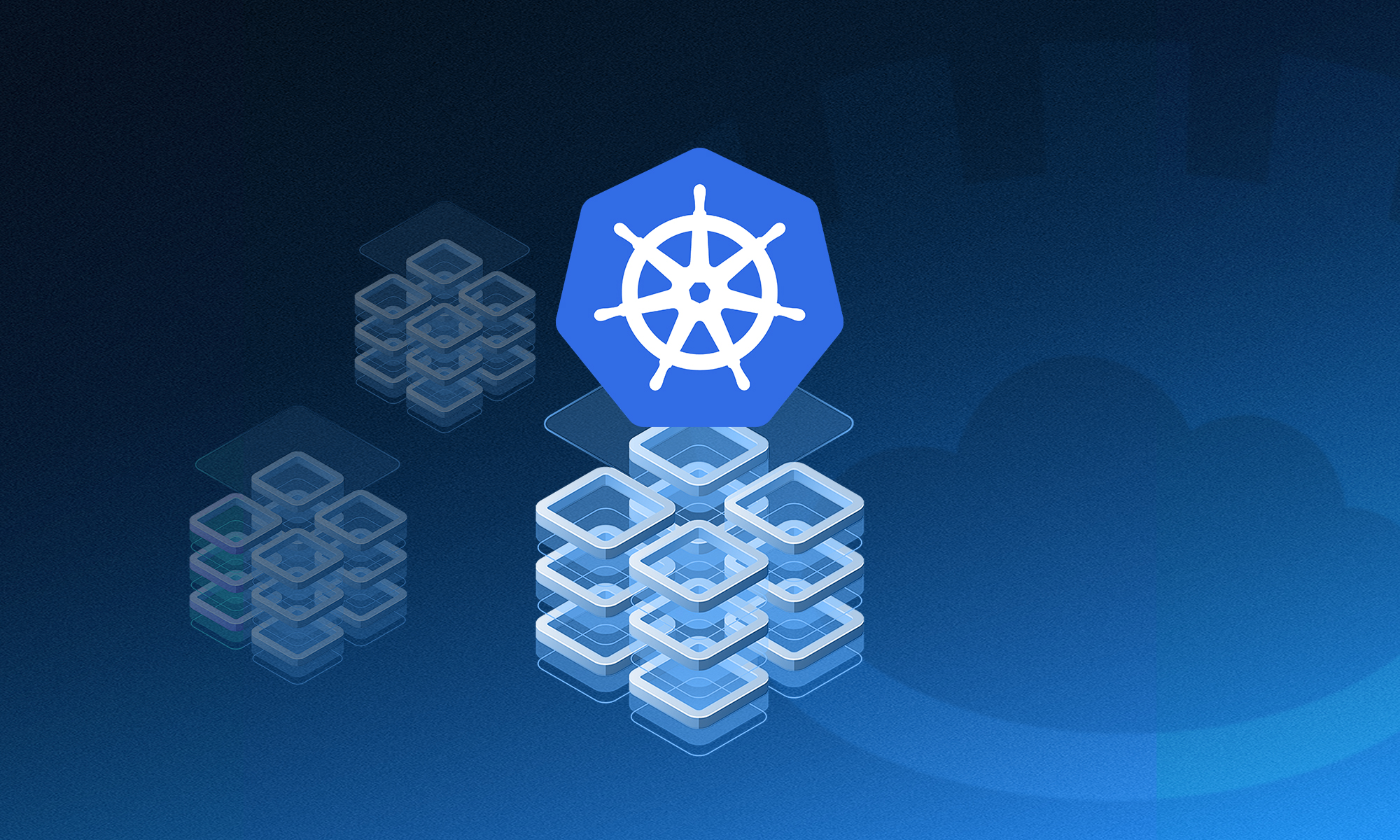Although more and more organizations are moving to the cloud, the use of on-premise systems is still part of the IT strategy of many companies. Public cloud services, such as the Software-as-a-service (SaaS) model, bring advantages in terms of scalability, flexibility and availability, but also challenges in terms of compatibility with legacy applications and regulatory compliance. It is therefore not surprising that companies often opt for a hybrid approach, which includes a combination of different environments – local IT (own infrastructure or private cloud) and public cloud.
Hybrid cloud vs. multi-cloud: what’s the difference?
At first glance, these are terms with identical meanings. There is a difference, however. Hybrid cloud involves pairing a private cloud infrastructure, such as a corporate data centre, with one or more public cloud services, using both models to achieve business goals. On the other hand, a multi-cloud environment consists of more public cloud services. This environment may (but need not) include a private cloud component.
Hybrid cloud management
We could say that hybrid cloud provides the best of both worlds: a high level of control, flexibility in tailoring IT resources to business needs, improving infrastructure performance and optimizing IT costs. At the same time, managing different cloud environments requires a deep knowledge of security, networking and other aspects. Check out some of the most common challenges in hybrid cloud management below.
1. Integration
Creating a cohesive environment stands out as one of the main obstacles in applying a hybrid approach. For this task, organizations encounter questions such as: which applications and systems to transfer to the cloud, and which to leave on the local infrastructure? How to implement consistent processes and procedures? How to create an adequate infrastructure for the integration of legacy systems with the cloud? The latter is easier said than done, even if you have expertise in the field of cloud.
2. Management and monitoring of different cloud environments
Most public cloud providers offer already built-in (native) management and monitoring tools, and some of them are available through external API (application programming interface) services. The complexity lies in the fact that these tools need to be integrated with the on-premise functionalities used for management and monitoring. It is important for companies to get a single overview of all cloud environments (so-called single pane of glass) in order to avoid gaps in monitoring. However, this is not an easy task, as the integration of public cloud services into existing support procedures requires a great deal of effort as well as expertise.
3. Network infrastructure
Network latency is one of the key factors affecting system performance in a hybrid cloud. In short, an efficient hybrid cloud requires seamless network infrastructure design. Some of the factors to consider when designing are bandwidth, private and public cloud management, application-specific scalability requirements, and tight integration – creation of a unified multi-cloud network.
4. Safety and compliance
Every data transfer within a hybrid cloud environment should be performed in accordance with strictly defined procedures in order to eliminate the possibility of data leakage (data breach). A flawless coordination of security measures within different cloud environments is needed in this regard. It is the duty of every cloud provider to explain to the user how data security is managed. In addition, companies in certain industries, such as banking and insurance, have the task of meeting specific regulatory requirements and regulations for the storage and security of information.
5. Cost optimization
Lack of consistency between different environments can lead to fragmented processes, platforms and tools within the organization. In addition, the hybrid cloud requires multidisciplinary expertise, creating a need for new experts and upgrading of existing competencies. The result is a higher cost of ownership (Total Cost of Ownership – TCO). On the other hand, companies that do not have sufficient expertise to manage hybrid clouds are often “victims” of missed opportunities to optimize infrastructure from a cost perspective.
How do you get the most out of a hybrid cloud?
Effective hybrid cloud management requires the adoption of proven procedures and tools, which you can implement independently or with the support of a specialized partner.
- DevOps and Release Management – focus on automating dev, test and production environments.
- Mapping applications that will be hosted on the cloud and defining their value to users, integration options, workloads and other factors that affect availability or performance.
- Architecture – with an emphasis on portability of workloads
- Service aggregation – a unified view of applications and systems hosted on different cloud environments.
- Right-sizing – accurately determining the resources used by each application and running on the instance that best suits the needs of the application, and which is the most cost-effective.
- Analytics – an overview of all cloud costs
- Security – defining security requirements of on-premise and cloud environments, application of identity and access management tools, continuous monitoring.


